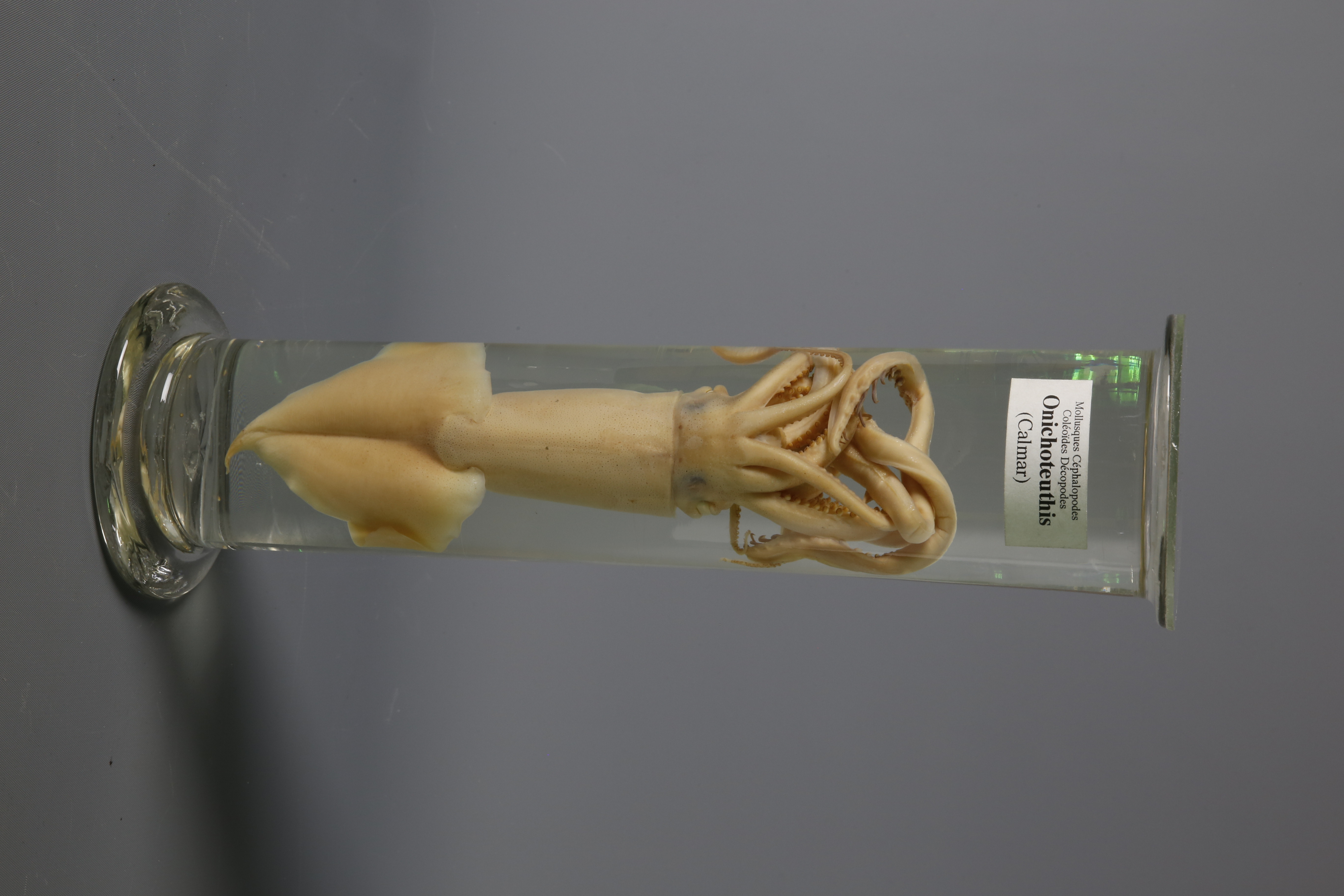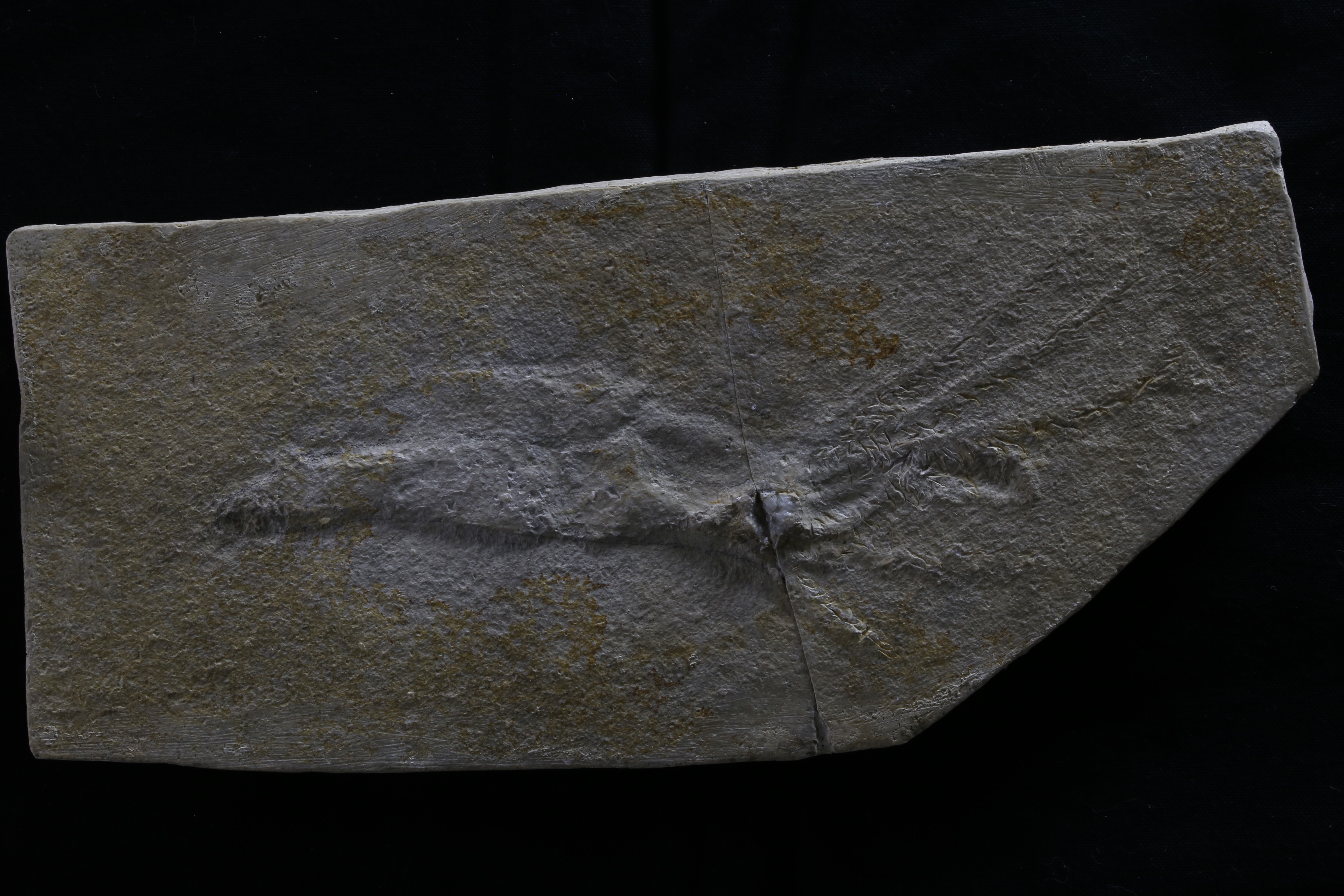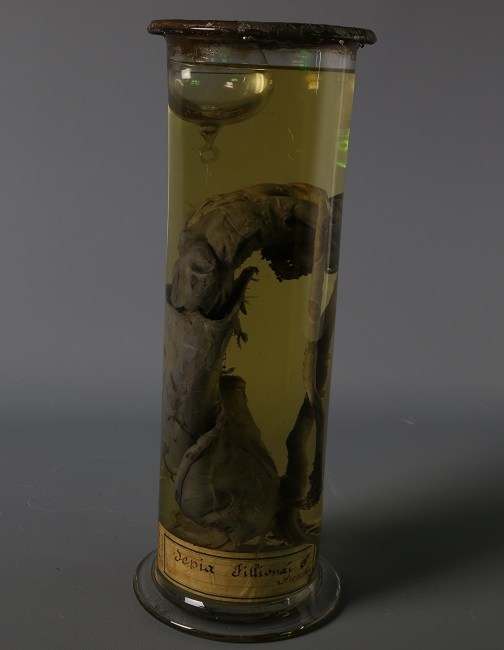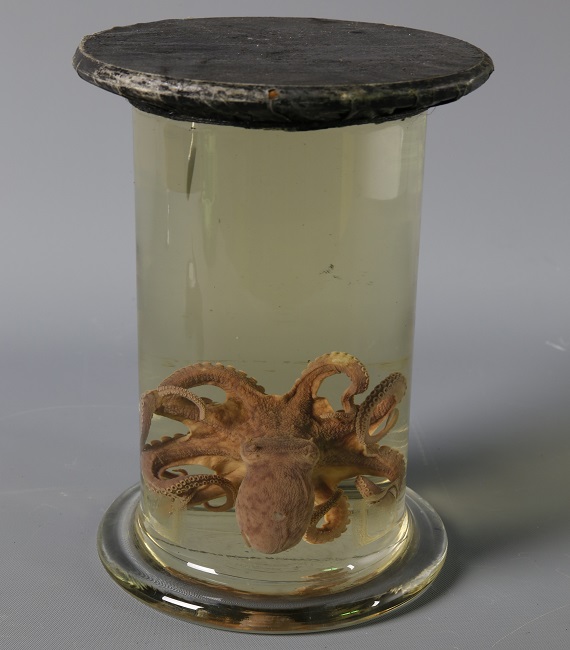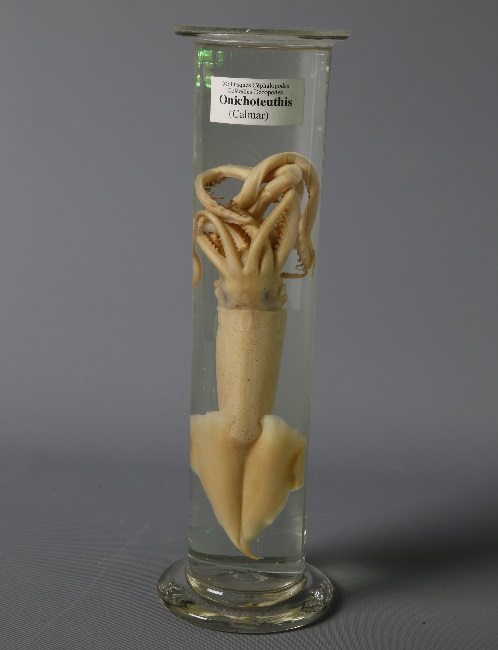Tentacles of the Moria
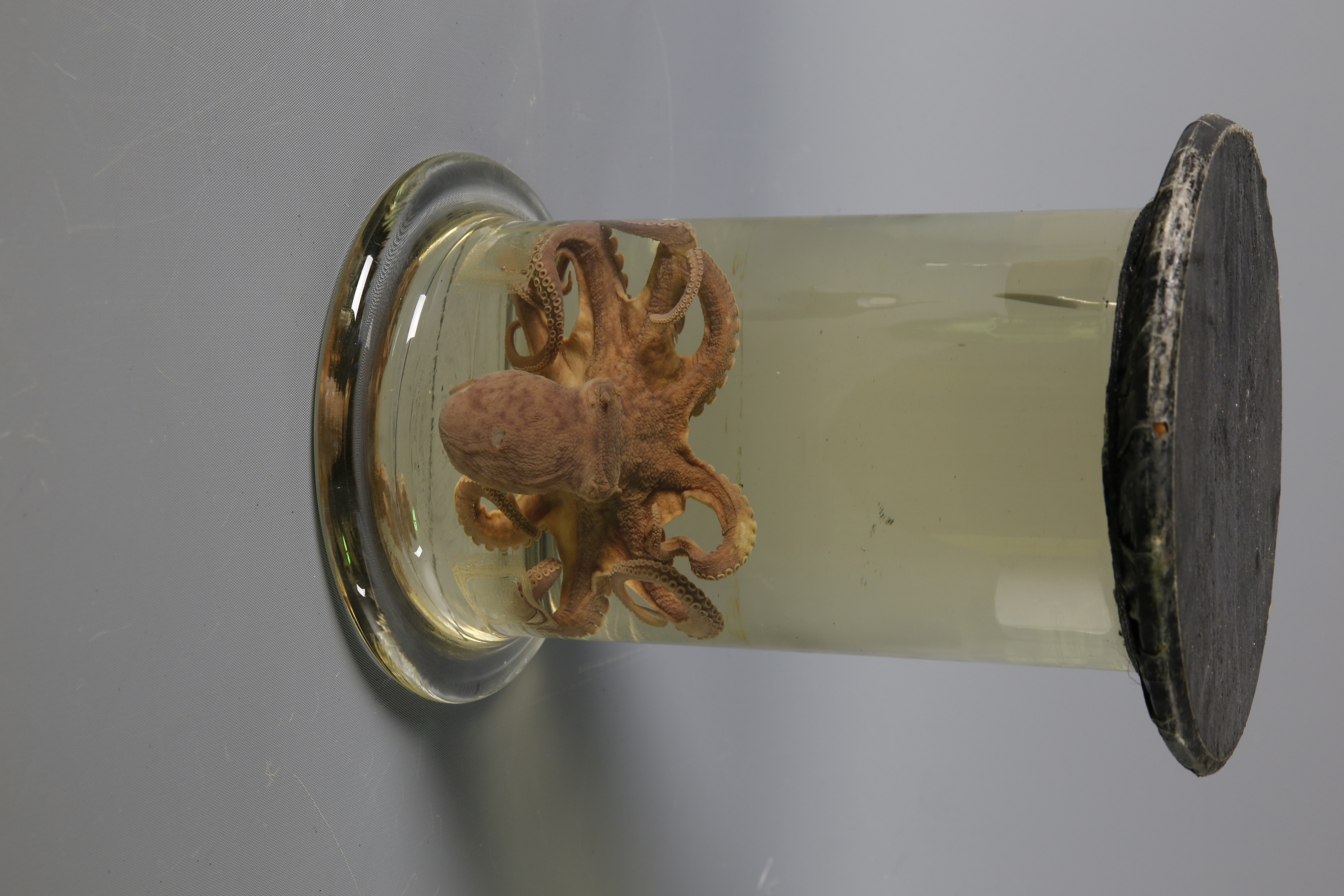
« Out of the water a long sinuous tentacle had crawled ; it was pale-green and luminous and wet. Its fingered end had hold of Frod’s foot, and was drigging him into the water […] Twenty other arms came rippling out. The dark water boiled, and there was a hideous stench »
J.R.R Tolkien, The lord of the rings, Part one, The fellowship of the ring, Chapter 4, A journey in the dark
The identity of Tolkien's twenty-one-tentacled Watcher of the Waters remains obscure: is it a Kraken, a hydra, a water dragon?
A comparative approach linking this mysterious creature to living organisms aids the investigation.
Indeed, 'the world depicted by Tolkien seems to be governed by the same laws as those of classical biology'. (op. cit, Le guetteur entre deux eaux).
In particular, the lookout shares common characteristics with cephalopods.
The largest cephalopod today, the giant calma (Architeuthis dux) can reach 13 metres in length, far less than the creature imagined by Tolkien!
The most common cephalopods today are smaller, such as octopus and cuttlefish.
Composed mainly of soft tissue, only the ore part of these animals fossilizes most of the time.
Rostre in the belemnite, ‘bone’ in the cuttlefish, can be found in large accumulations in certain fossil beds.
Nevertheless, "certain characteristics are hardly compatible with those of a cephalopod. Another pitfall is the high number of appendages, in this case twenty-one. Such abundance is only known in the nautilus. Nevertheless, the general morphology of these animals is not comparable to that of a Kraken."
Finally, a major argument against the 'cephalopod' interpretation is the living environment. Indeed, all cephalopods, both past and present, are exclusively found in the marine environment.
Just as with the Kraken, there are arguments that strongly disagree with the idea of a hydra.
The snake theory would easily explain several characteristics. However, not all questions are answered.
Ultimately, it appears difficult to give a firm and definitive answer as to the exact nature of the Watcher of the Waters of the Moria Mountain Lake in terms of species.




